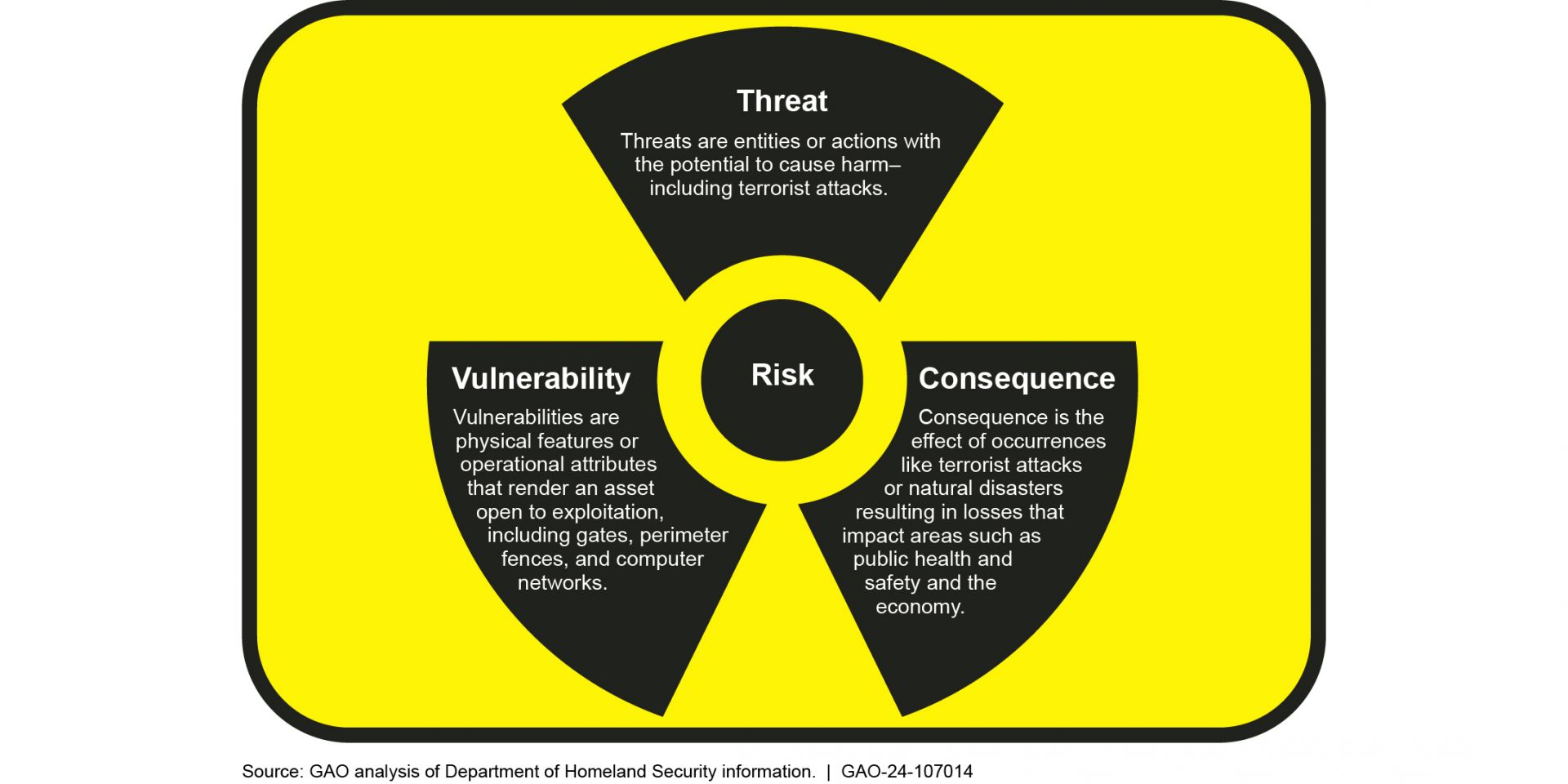Statement from ANS on Supreme Court’s decision to grant certiorari to NRC v. Texas
Washington, D.C. — The American Nuclear Society (ANS), a nonprofit representing over 10,000 professionals in the fields of nuclear science and technology, issued the following statement regarding the U.S. Supreme Court’s decision to grant certiorari to Nuclear Regulatory Commission v. Texas:
The three elements of radioactive material risk (Image: U.S. GAO)
A new report from the U.S. Government Accountability Office finds that the Nuclear Regulatory Commission has not taken the steps needed to address the potential economic and societal radiological risks that could arise from a “dirty bomb.”
The Hanford Field Office leadership team gathers around a new sign at the Stevens Center Complex in Richland, Wash., on October 1. (Photo: DOE)
Beginning last week, the two Department of Energy offices responsible for the environmental cleanup of the department’s Hanford Site have been combined under a new name: the Hanford Field Office. Previously, management of the 586-square-mile site near Richland, Wash., was split between the Richland Operations Office and the DOE Office of River Protection (ORP).
Decommissioning begins on the closed Wisconsin power plant
Wisconsin’s Kewaunee nuclear power plant as it appeared in May of this year. A number of ancillary buildings have already been demolished and their waste removed. The intermodal waste transportation staging areas can be seen to the left. The site ISFSI is out of view to the right. (Photo: EnergySolutions)
In October 2012, Dominion Energy announced it was closing the Kewaunee nuclear power plant, a two-loop 574-MWe pressurized water reactor located about 27 miles southeast of Green Bay, Wis., on the western shore of Lake Michigan. At the time, Dominion said the plant was running well, but that low wholesale electricity prices in the region made it uneconomical to continue operation of the single-unit merchant power plant.
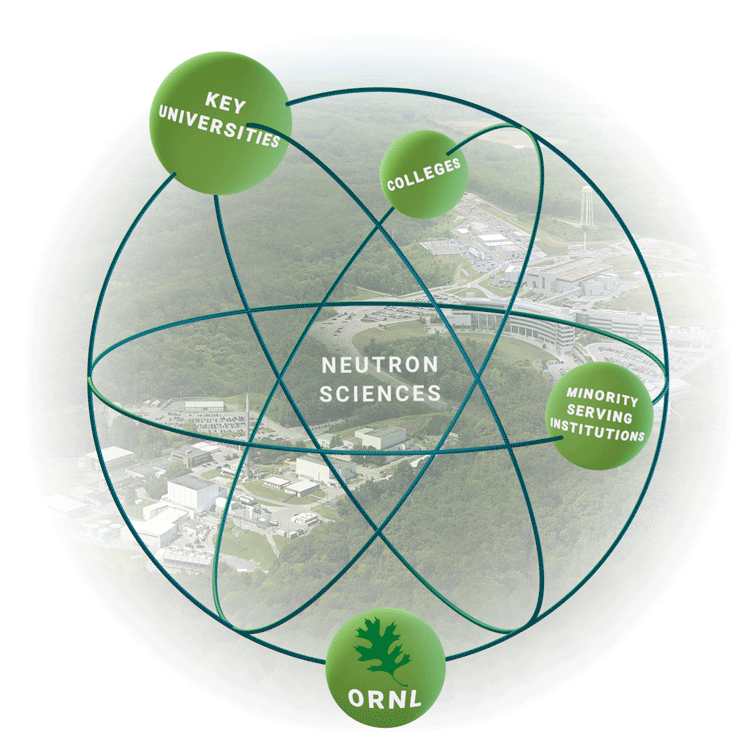


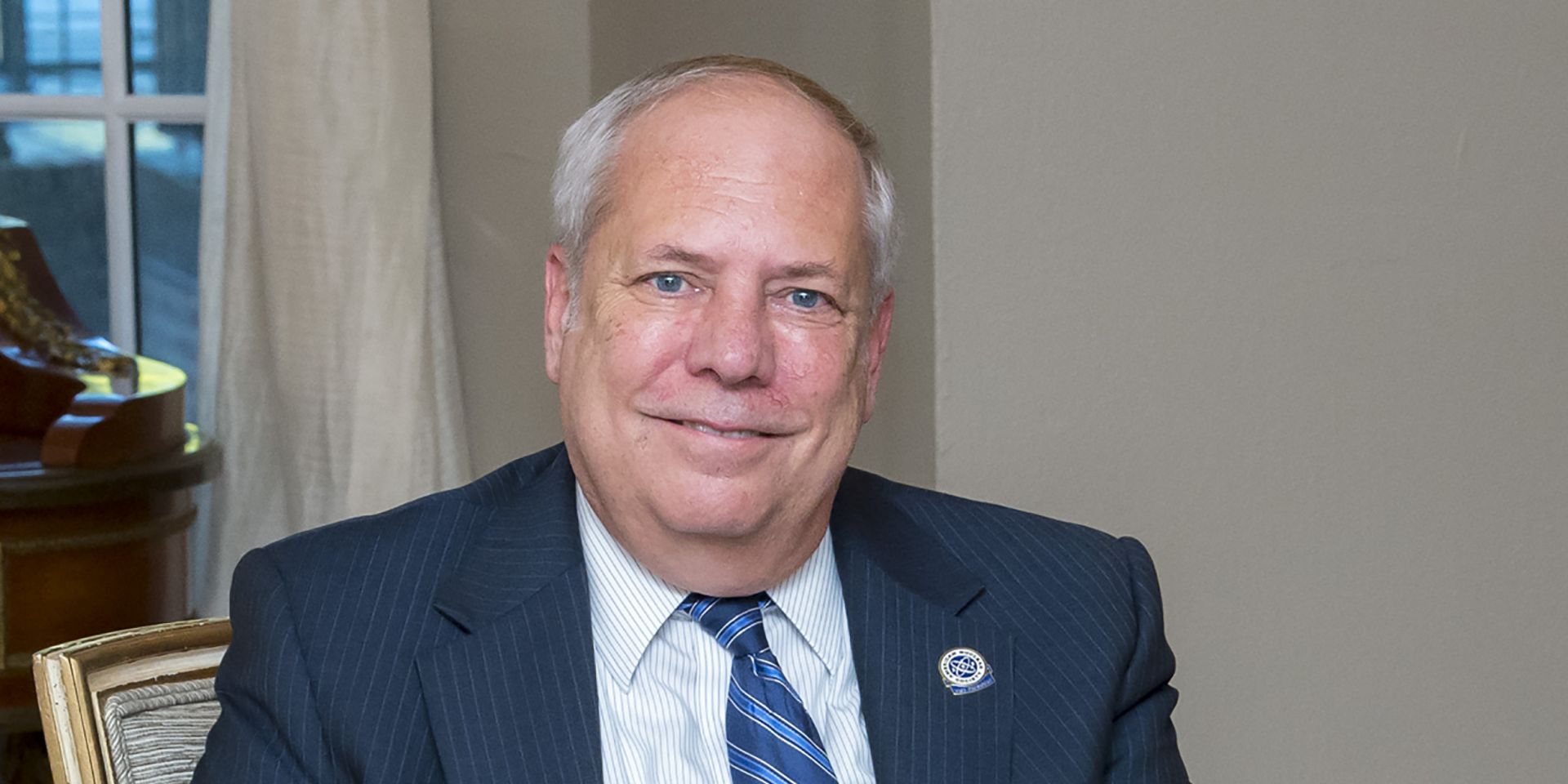


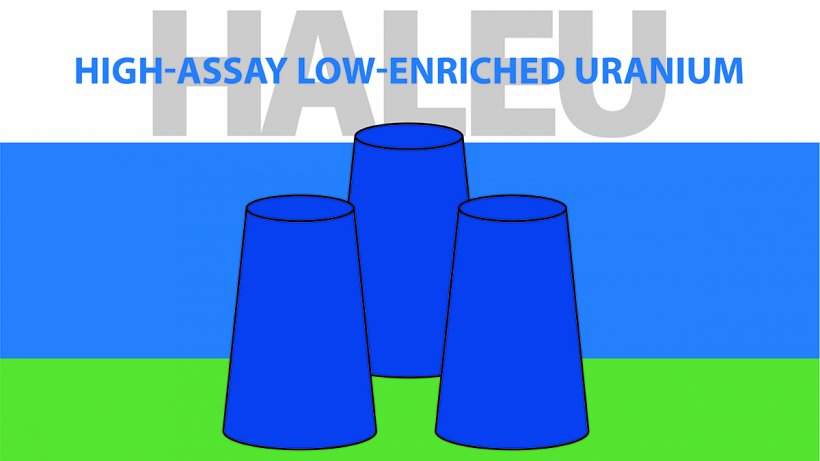
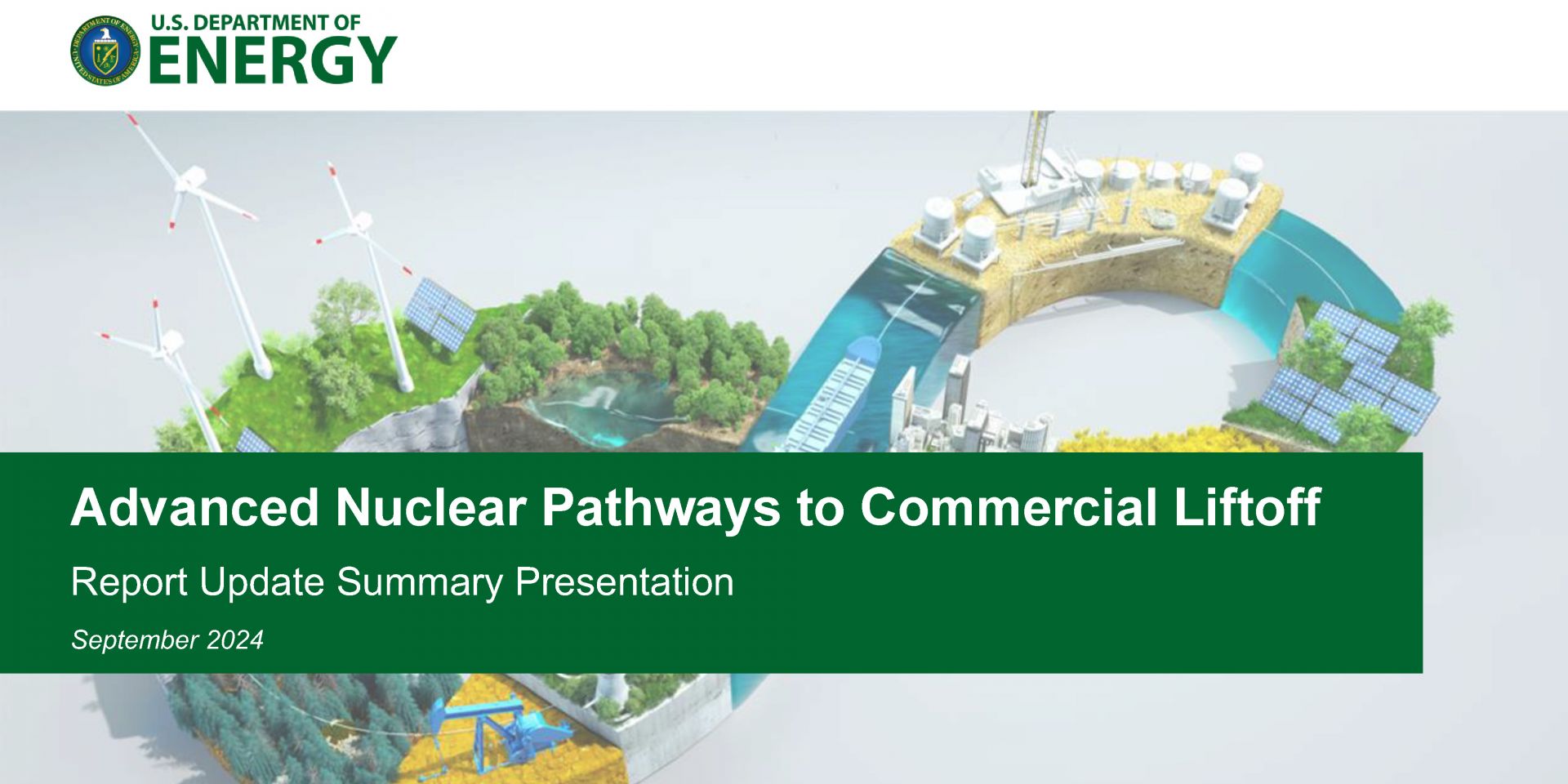

.png)

